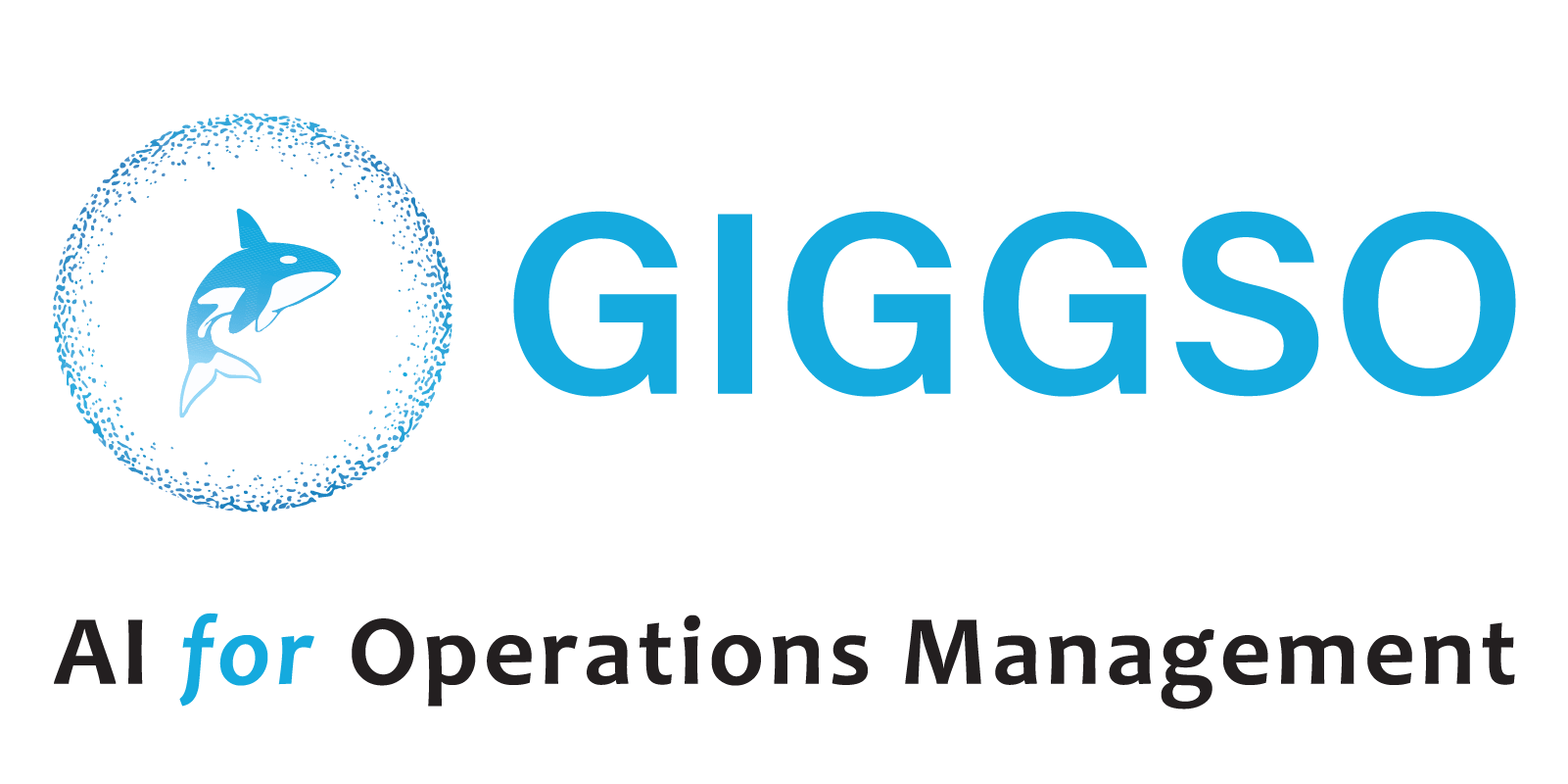Why is governance an issue on a global scale, and how can you add this risk-reduction measure to your AI adoption checklist?
INTRODUCTION
The emergence of Artificial Intelligence (AI) and Machine Learning (ML) technologies has revolutionized the way businesses operate, increasing operational efficiency and promising returns on investment (ROI).
According to the Global Artificial Intelligence Market 2023-2028 report, By 2028, it is anticipated that the AI market would be worth USD 609038.96 million.
As more AI models are getting integrated, organizations must also invest in risk management solutions, model governance, and lineage framework to protect themselves from potential risks and maintain control over their data and models across the enterprise.
In this blog, we will look into the importance of governance and compliance management and how they can help companies stay secure and compliant.
MODEL RISK MANAGEMENT
Any AI model where the output is not consistent with the input and does not meet the design specifications will cause a significant loss of profit, poor decision-making, and poor service quality. For example, in the 2021 Zillow case where the algorithm failed with the predictions of pricing.

This is why Model Risk Management (MRM) frameworks are essential to ensure that AI models are compliant and reliable.
Figure.1 shows risks associated with AI/ML models
MRM frameworks should be customized to fit each AI/ML model and its complexity. They involve several key elements such as model validation, model governance, and life cycle management. With proper MRM in place, AI models can be monitored and adapted accordingly.
Gartner predicts that 50% of AI use cases will be assessed for risk by 2024
Therefore, businesses should prioritize implementing MRM frameworks and model governance to reduce the risks associated with AI and ensure reliability and compliance.
WHAT IS MODEL GOVERNANCE AND WHY IS IT NEEDED?
Model governance, a critical component of model risk management is a “set of standard policies and regulations for the models to comply with the business standards, statistical and economical metrics, internal and external compliance and auditing regulations”.
Governance frameworks for compliance and risk management are the third line of defense for businesses, assisting them in achieving their objectives.
AI models often referred to as “black box models,” are difficult to debug because of their unpredictable behavior. Therefore, it is essential to put in place a governance framework to document and automate the validation processes for each of these models to ensure that all models abide by quality guidelines and are compliant with the regulations because non-compliance with this model governance can result in reputational and financial loss
CHALLENGES FOR MODEL GOVERNANCE
On the long-run, some critical challenges need to be addressed before implementing governance framework,
- With the AI evolution, there are very few tools (ModelOps tools) in the market for the entire model lifecycle and governance. So, the maintenance and compliance regulations for each application are hard to keep up with.
- Model validation with training datasets may be simple, but validating with actual production data has its own set of drawbacks.
- The cost and speed of implementation are high as the selected solution must be applicable across all the models.
- Assigning ownership of the model lifecycle to the people or teams in charge of developing, deploying, and maintaining the model is necessary for model governance. For businesses that lack a defined structure for data science and analytics, this might be difficult.
Organizations should be careful in selecting a framework that addresses these challenges effectively. So, what is an AI governance framework?
MODEL GOVERNANCE FRAMEWORK
A governance framework must be implemented within an organization to ensure the validation of ML models in production without disturbing the source code. This framework should also create and maintain a repository of models to track their progress from development to retirement.
Additionally, the framework should provide a dashboard to manage the operating and deployment procedures, security, authorizations, and an approval workflow for the model life cycle. This improves stakeholder interaction and communication, as well as internal governance and auditing, and offers insights into the model.

Figure.4 shows governance framework structure. Source
A proper governance framework structure will provide management with
- real-time overview of models
- An health score and performance metrics
- Bias, drift, performance, and anomaly detection
- Alerts for when a model varies from its pre-defined performance thresholds
- Activity log & audit trail
HOW LINEAGE HELPS WITH GOVERNANCE
One of the key challenges of governance is the traceability and reproducibility of the model because of the enormous amounts of dataset and many models in the ML cycle. To address this challenge, lineage can be used to provide an overview of the data and model traceability.
Lineage helps with governance by providing an audit trail that shows how data is transformed as it moves through different stages of a data pipeline. This helps ensure that data is handled responsibly and securely, allowing organizations to maintain compliance with regulations and standards.
Lineage helps with governance by providing a traceable and verifiable record of data’s origin and ownership, as well as its journey through various transformations and processes. With this, governance teams can ensure that their data science models are safe, secure, and compliant.
Data Lineage → Process of understanding, recording, visualizing and validating data as it moves from source to destination and the transformation it undergoes
Model Lineage → Is used to track the dataset used, algorithms, and parameters of each model to ensure transparency.
Code Lineage → To keep track of the source code at any given time and maintain versioning of the source code for each deployment or update. This decoupling of the code makes it easier for debugging purposes.
CONCLUSION
Model governance and lineage is a critical component of AI implementation that cannot be overlooked. Apart from the international or regional standards, the organizations must also focus on the governance rules specific to their sector and organization.
The main challenge with the governance or ModelOps tools is that storing all the experimental data over time that becomes troublesome and costly. To ensure smooth functionality, organizations should consider revamping and decluttering unused data or retired model information.


